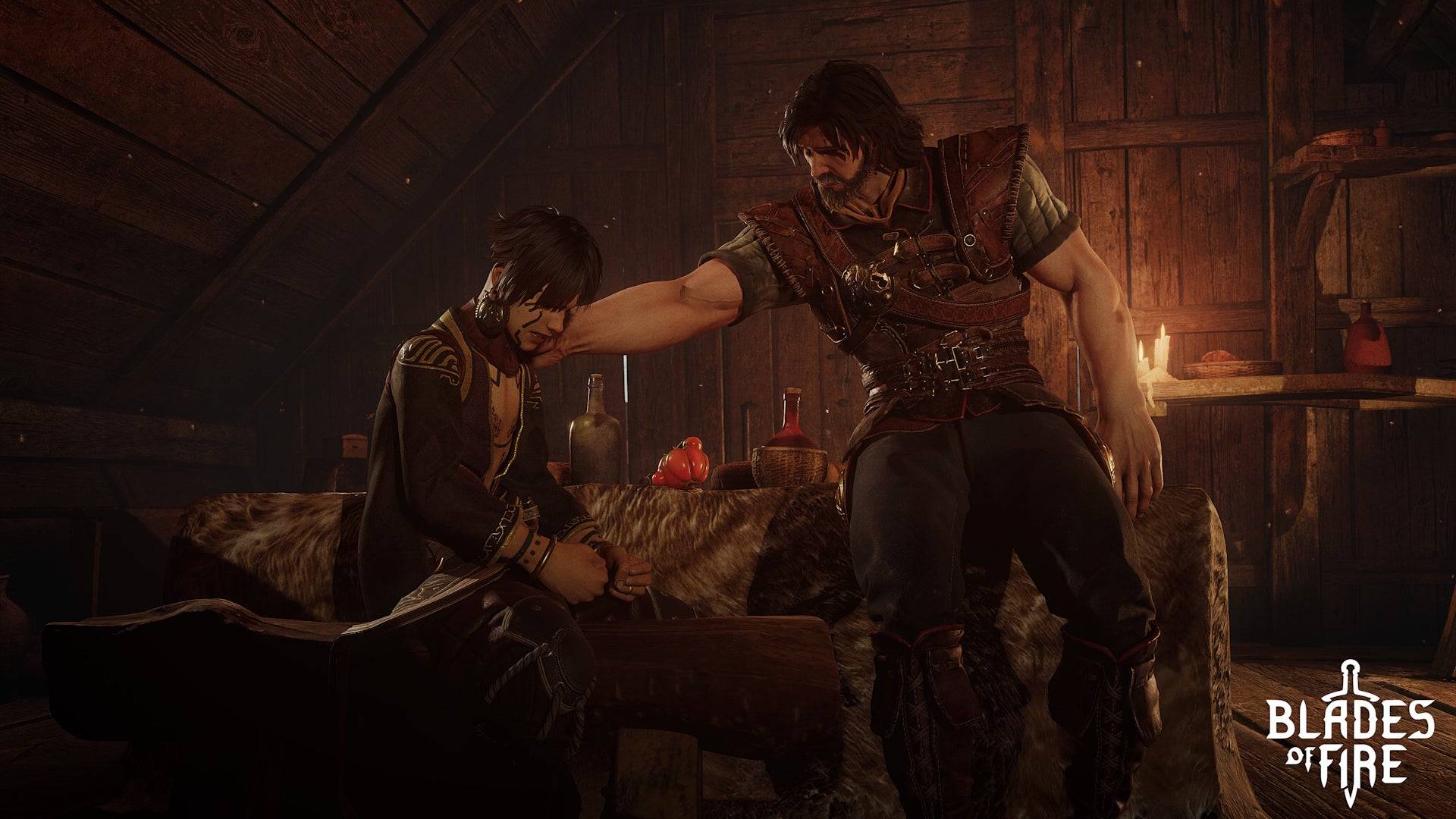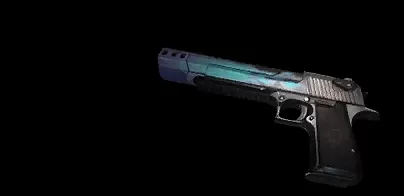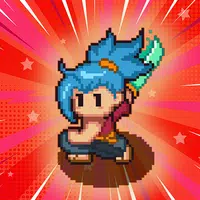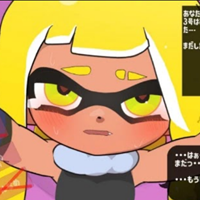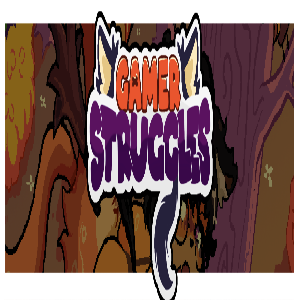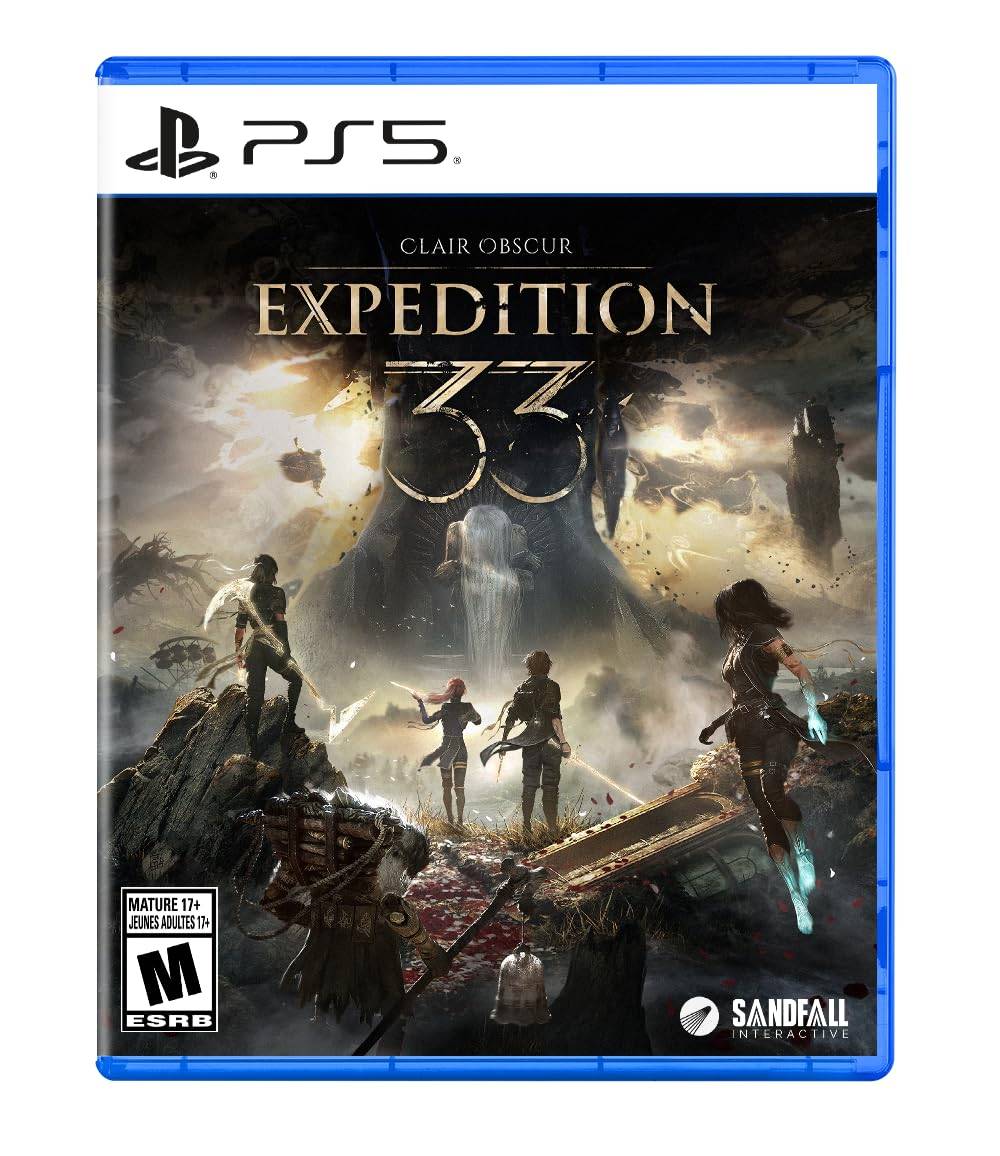My hands-on time with MercurySteam's Blades of Fire defied initial expectations. Initially reminiscent of their Castlevania: Lords of Shadow series, modernized with a God of War sheen, it quickly revealed Soulslike mechanics, prioritizing weapon stats over character sheets. Ultimately, it’s neither a simple clone nor a straightforward blend; it's a unique synthesis.
While visually echoing God of War's dark fantasy, heavy combat, and close-camera perspective, Blades of Fire adds its own twist. The opening hours feature exploration of a treasure-filled map, aided by a young companion who assists with puzzles. Encountering a wild woman residing in a house atop a giant creature further enhances this familiar yet distinct feel. The influence of FromSoftware is undeniable, with anvil-shaped checkpoints restoring health and respawning enemies, adding a layer of Soulslike challenge.
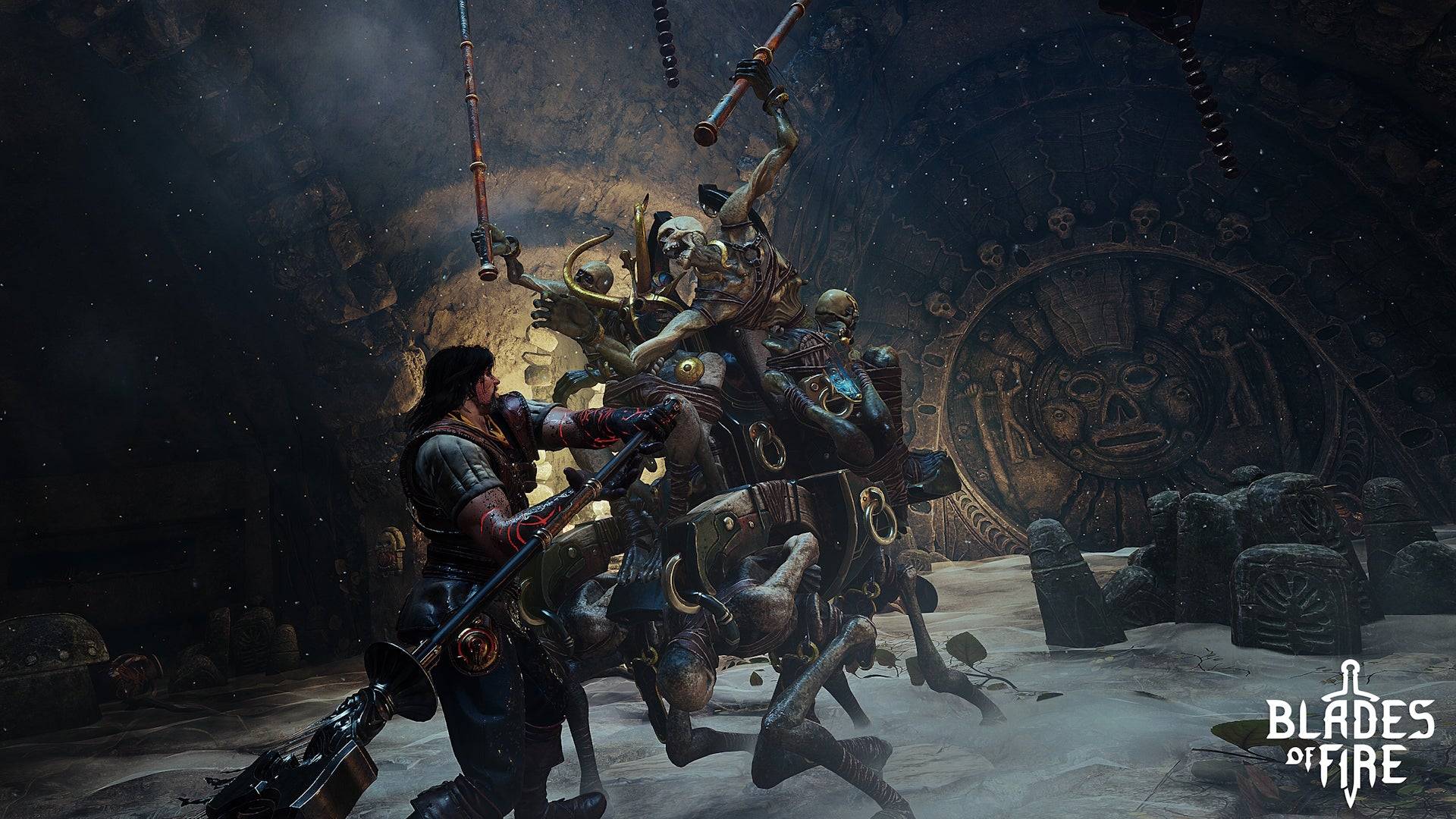
This familiar foundation is layered with a unique 1980s fantasy aesthetic. The world feels like a home for Conan the Barbarian alongside bizarre creatures reminiscent of Labyrinth. The narrative, centered on an evil queen turning steel to stone and the blacksmith demigod Aran de Lira's quest to defeat her, feels somewhat generic, echoing the simpler storytelling of the Xbox 360 era.
However, Blades of Fire's true strength lies in its mechanics. Combat utilizes directional attacks, assigning each face button a specific strike (head, torso, left, or right). Reading enemy stances is crucial for exploiting weaknesses; a soldier shielding their face can be vulnerable to a low strike. The impact is visceral, with satisfyingly gory results.
This system shines in boss encounters. The demo's first boss, a troll, required dismemberment to fully defeat. The limb severed depends on your attack angle, allowing strategic disabling. Even more striking: you can remove the troll's face, leaving it disoriented until regeneration.
Weapon management is central. Stamina doesn't regenerate automatically; it requires manual replenishment by holding the block button. Combat retains a Soulslike risk/reward balance, though the punishment isn't as severe. The directional attack system, however, necessitates a different control scheme, repositioning blocking to the left trigger.
Once accustomed to this, the game's unique elements shine. Weapons boast different stances (slashing or thrusting), demanding strategic choices based on enemy type. The weapon system elevates damage dealing.
Blades of Fire Screenshots
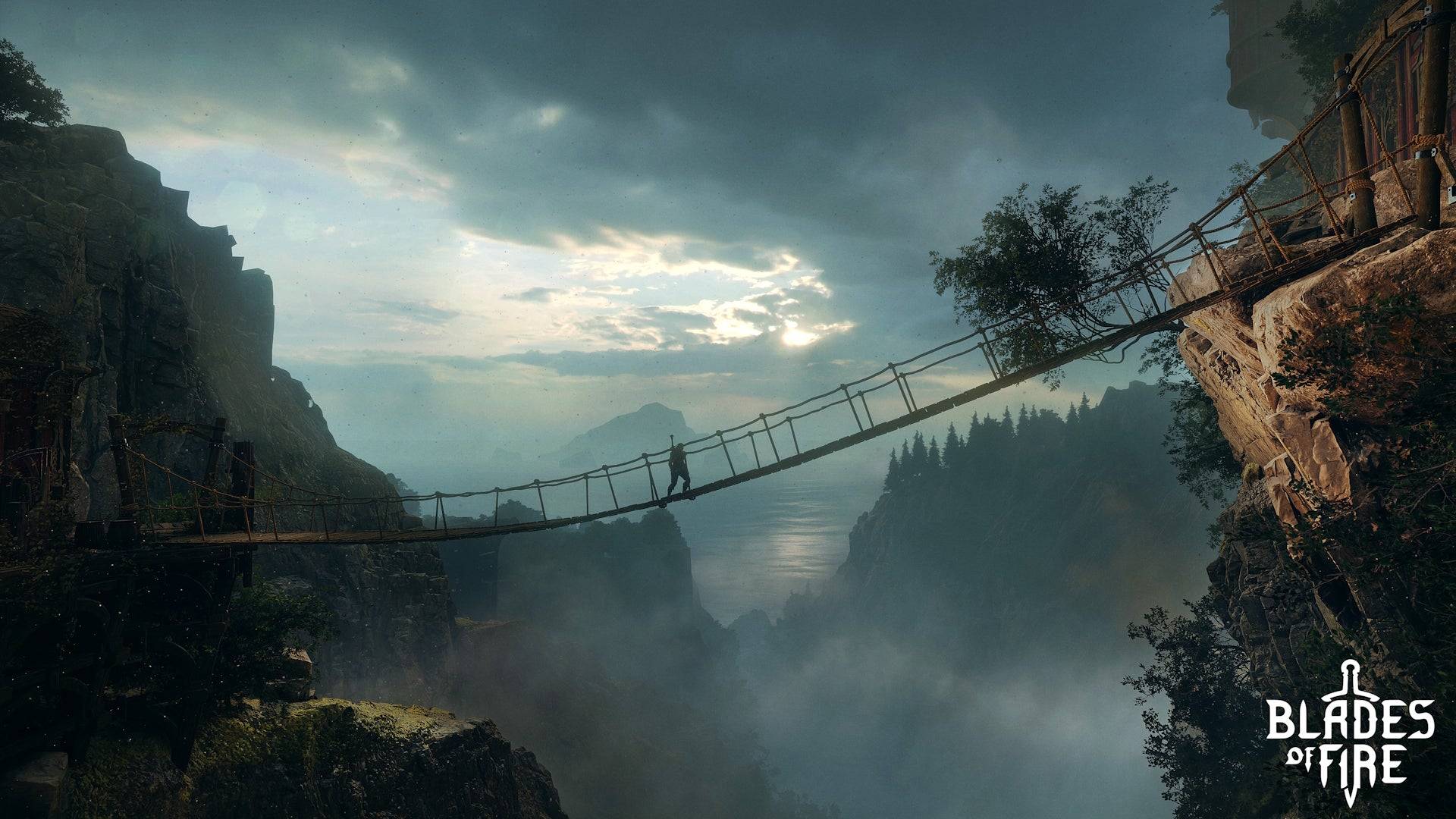
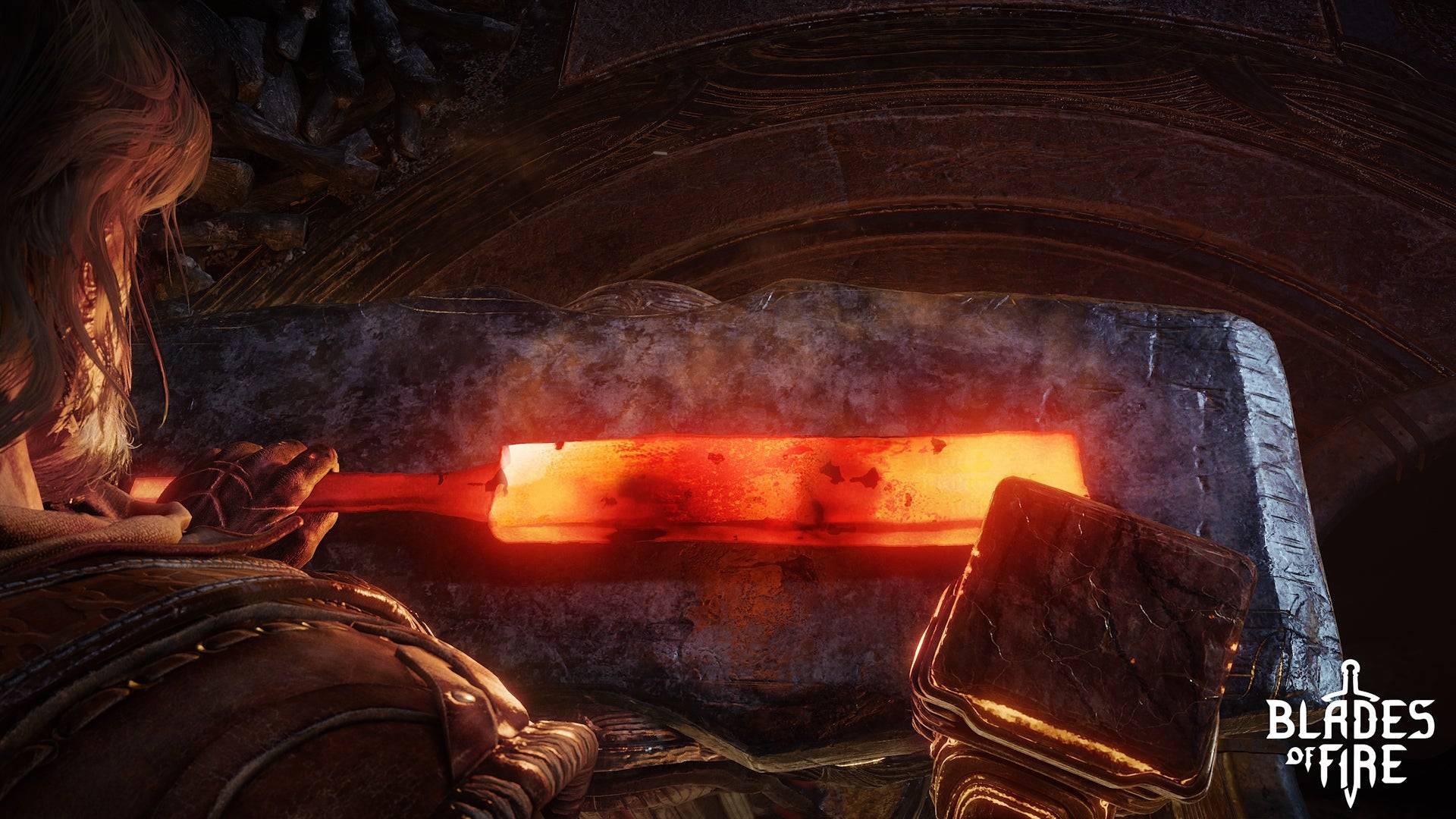 9 Images
9 Images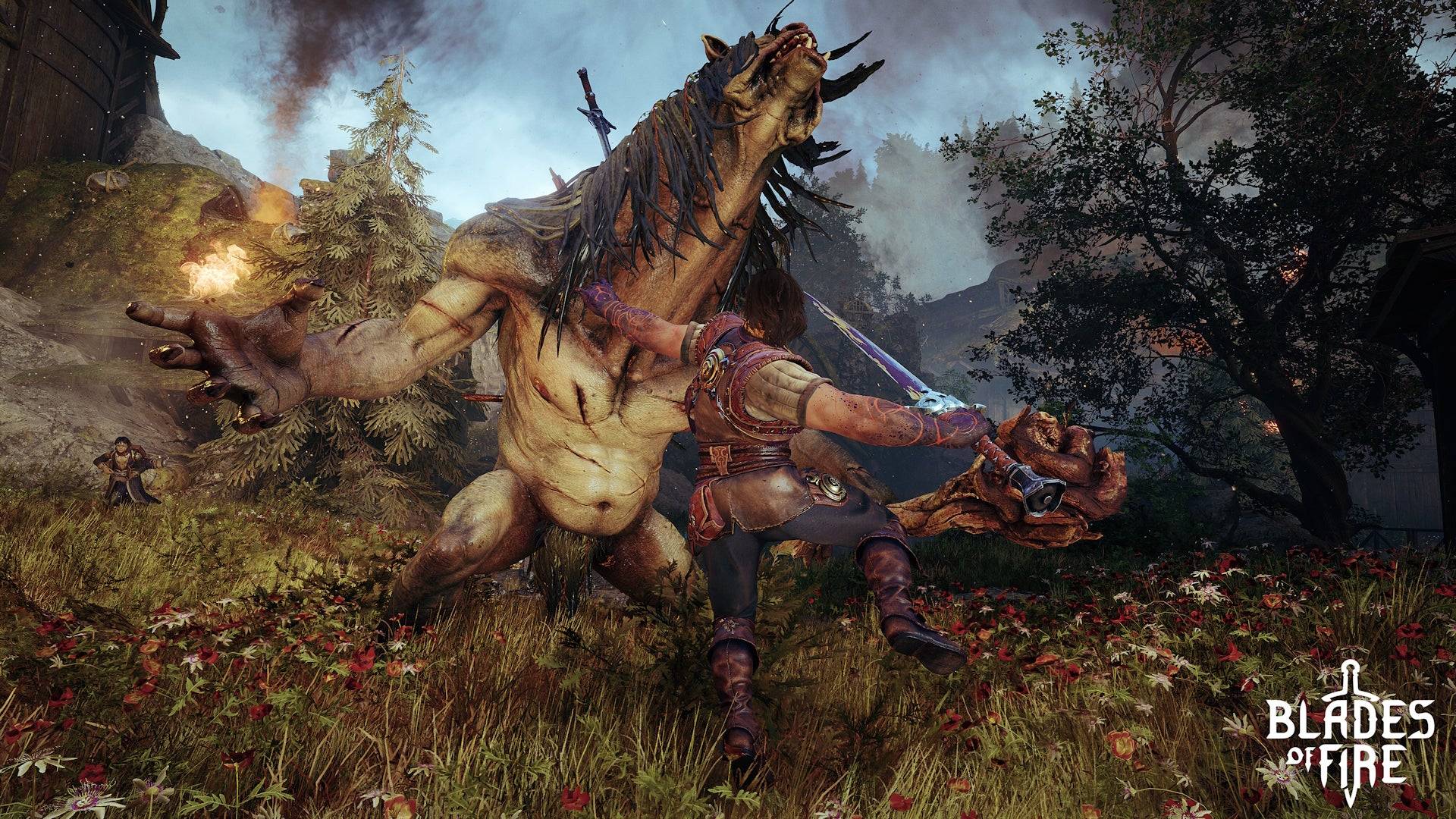
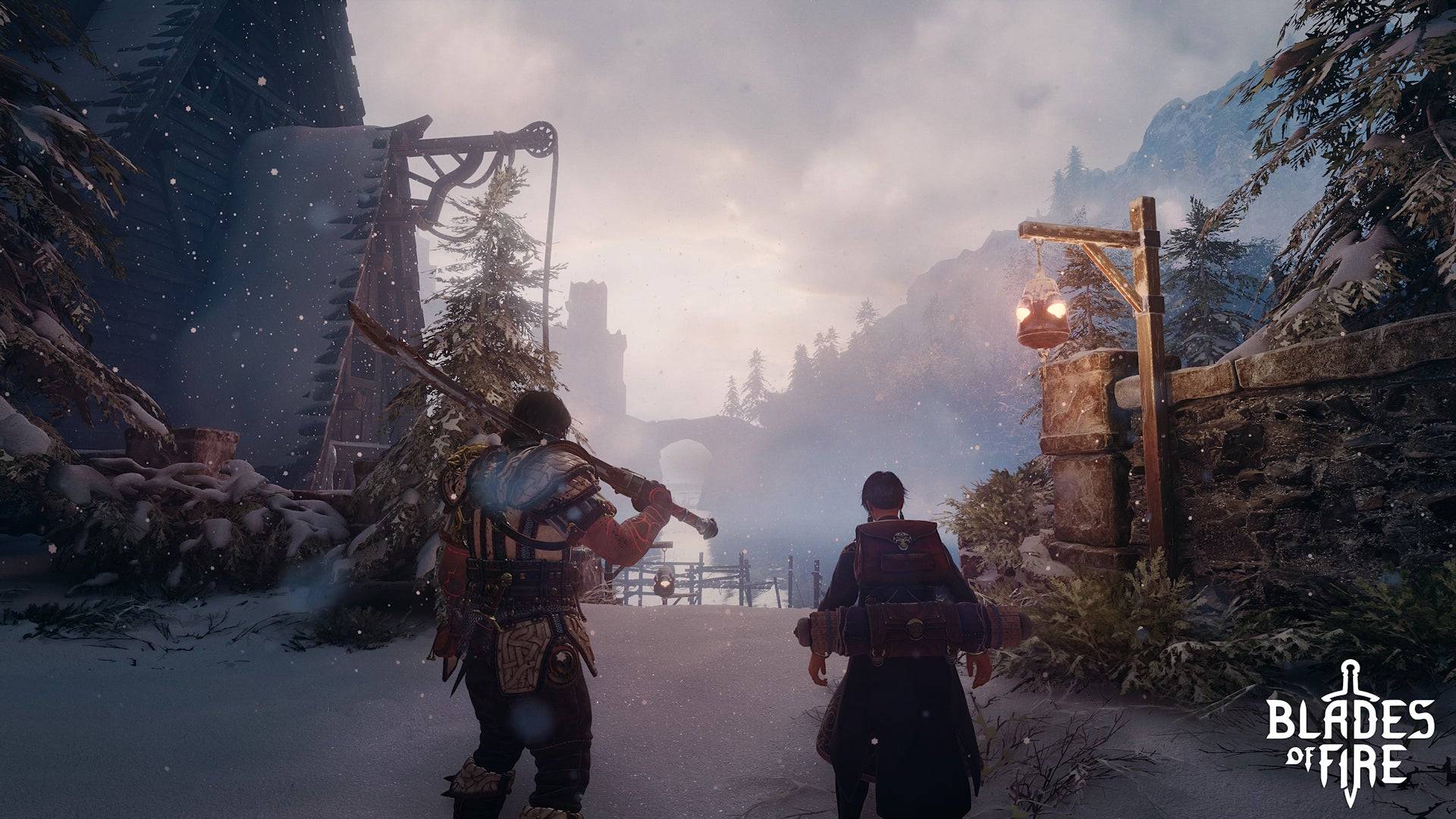
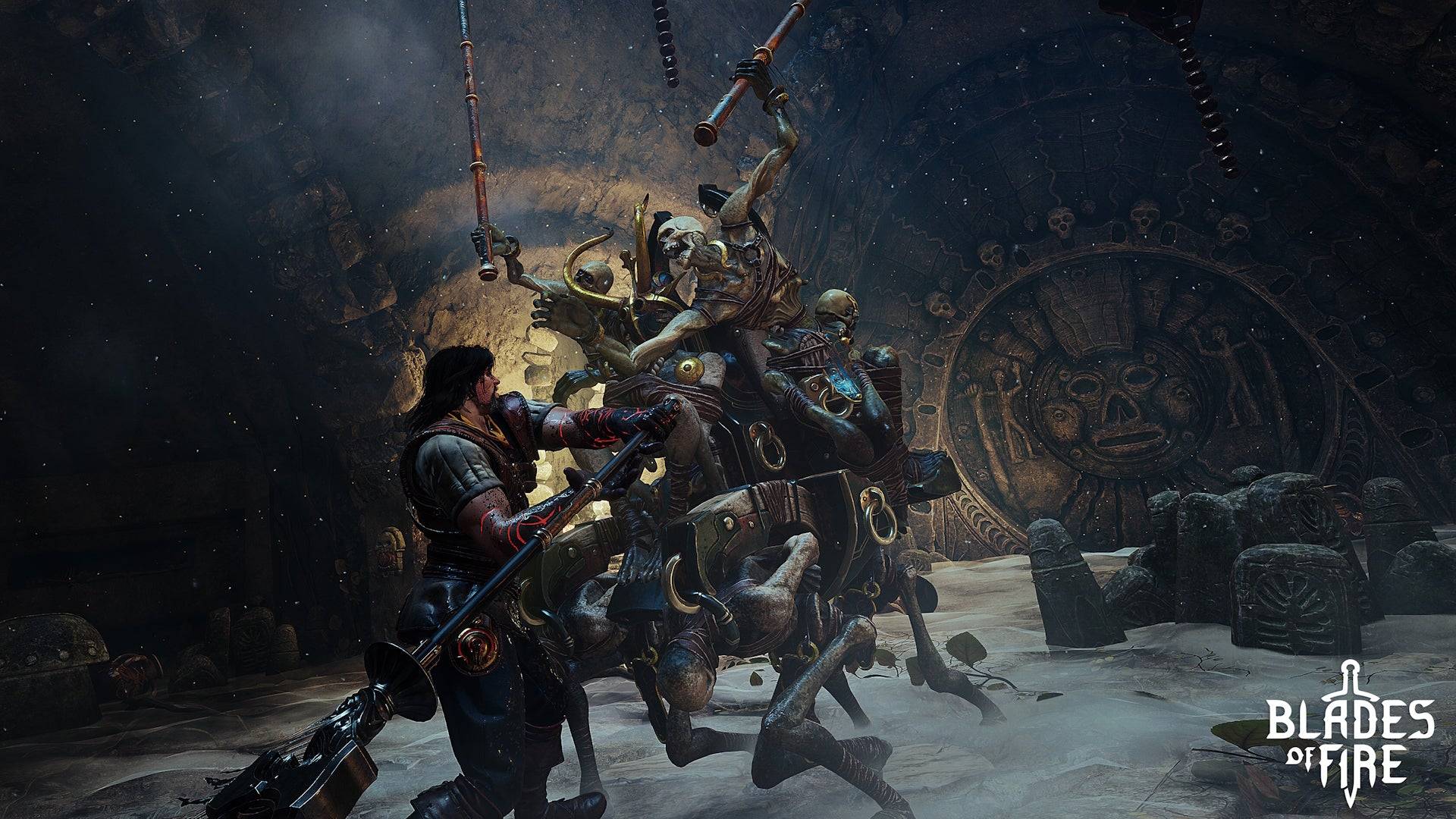
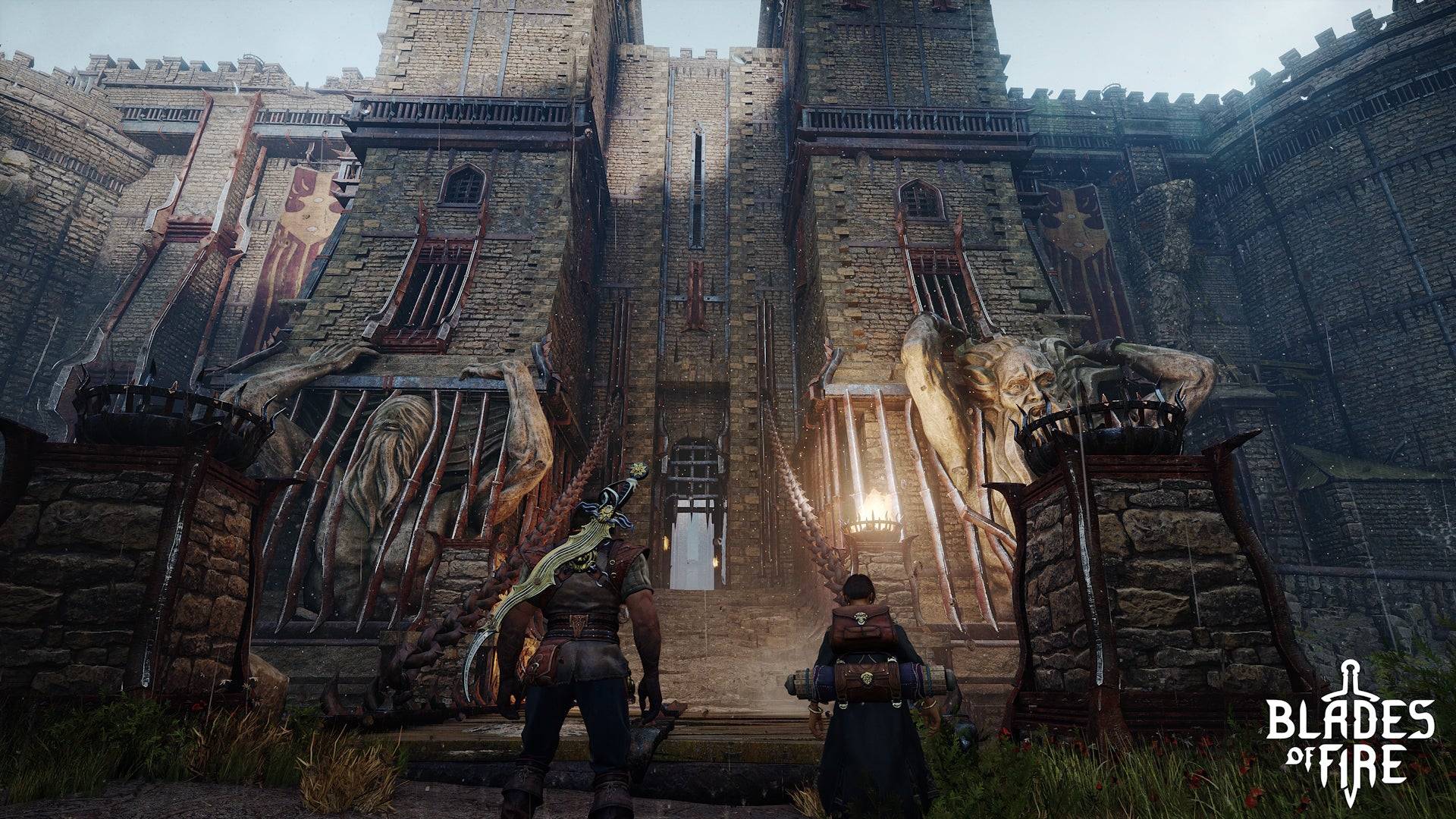
Weapons are central to Blades of Fire, requiring constant attention. They dull with use, reducing damage over time, necessitating sharpening or stance changes (edge and tip wear independently). Weapons have a durability meter; when broken, they can be repaired at anvils or melted down for crafting.
The forge is a significant innovation. Instead of finding weapons, you create them. You choose a template, modify it (length, shape, material), affecting stats (range, slashing/piercing, weight, stamina). You even name your creation.
This isn't the end; you physically forge the weapon via a minigame, shaping a line with hammer strikes. Overworking weakens the weapon. A star rating reflects your skill, influencing repair frequency.
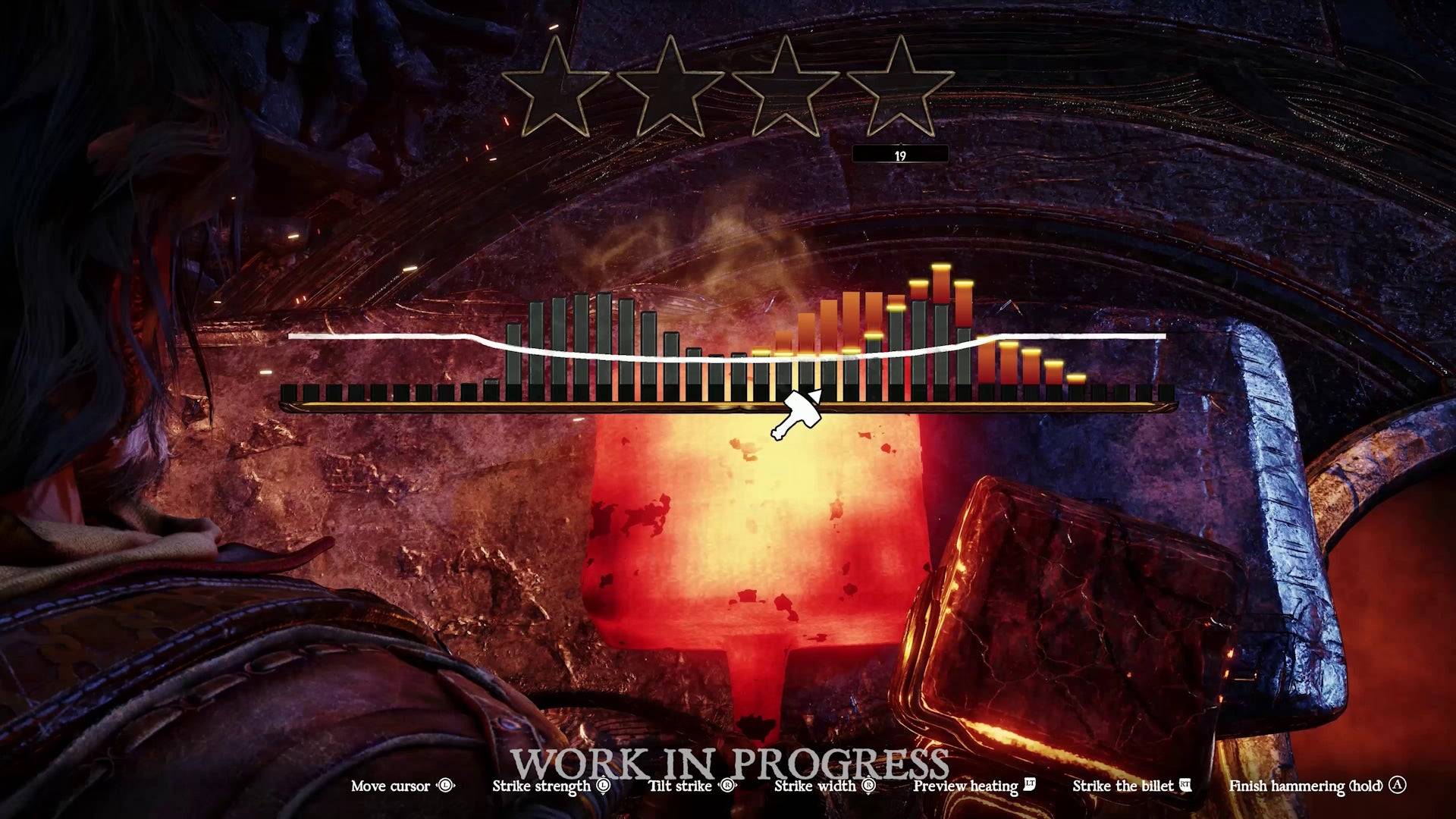
The forge's concept is excellent, fostering attachment to crafted weapons. The minigame, however, is currently obtuse, lacking a clear connection between strikes and results. Refinement is needed.
The game emphasizes this weapon-player bond through its death system: upon death, you lose your equipped weapon. Weapons remain in the world, requiring retrieval.
This contrasts with Souls' lost souls mechanic; a crafted weapon holds a unique value. Weapons remain permanently, creating a compelling recovery challenge.
MercurySteam's influences (Dark Souls, God of War, Blade of Darkness) are apparent, but Blades of Fire transcends simple imitation. It's a reinterpretation, creating a unique identity. While concerns remain about the world's ability to support a 60-70 hour campaign and combat variety, the weapon crafting and combat depth make it intriguing. In a market saturated by complex games, Blades of Fire offers a fascinating proposition.
